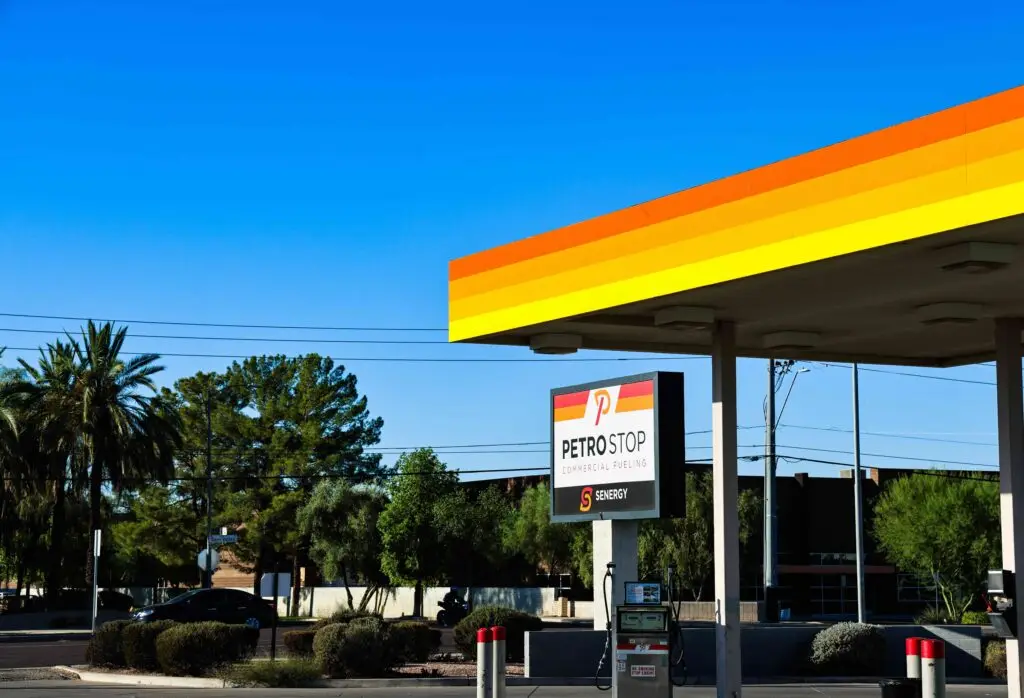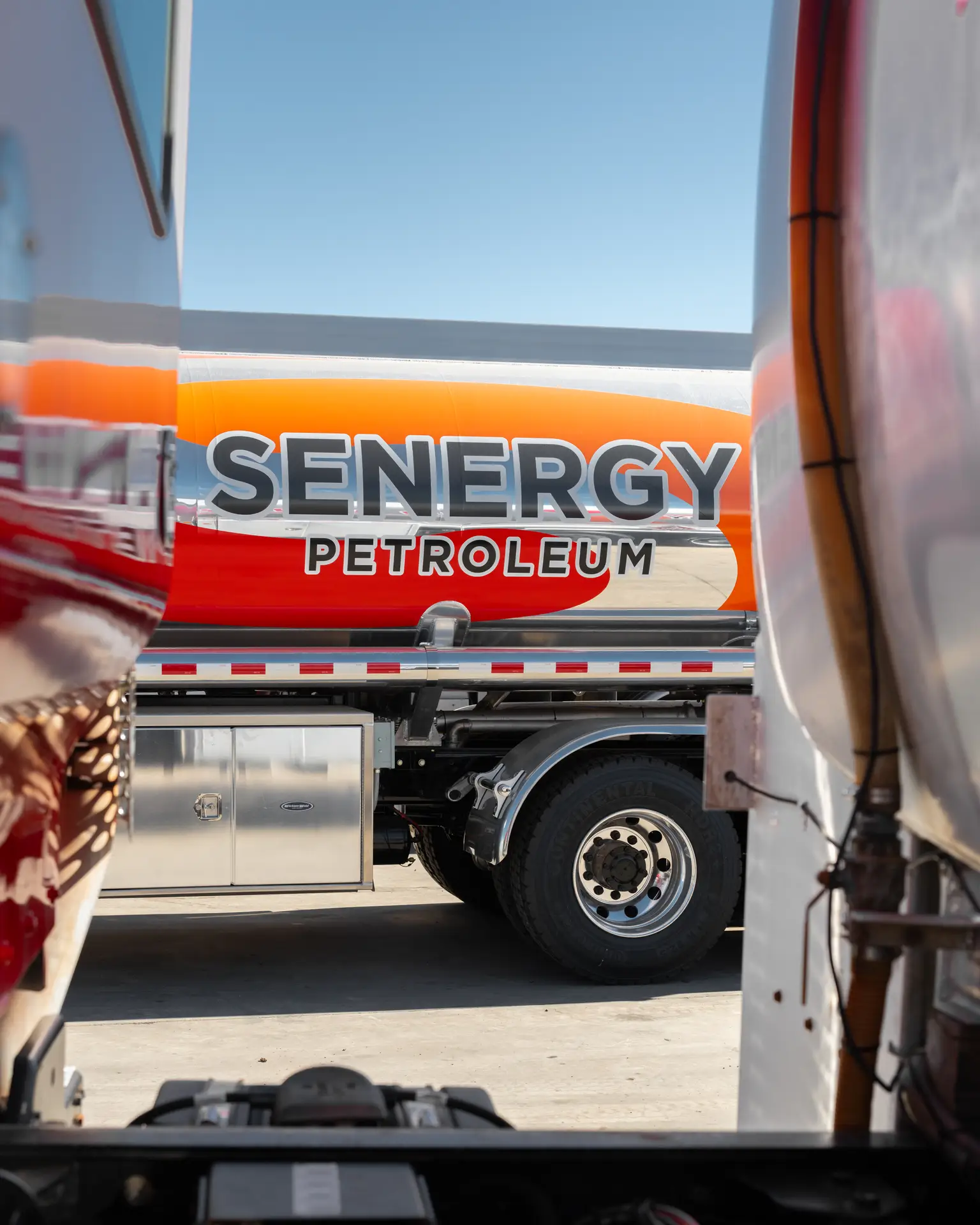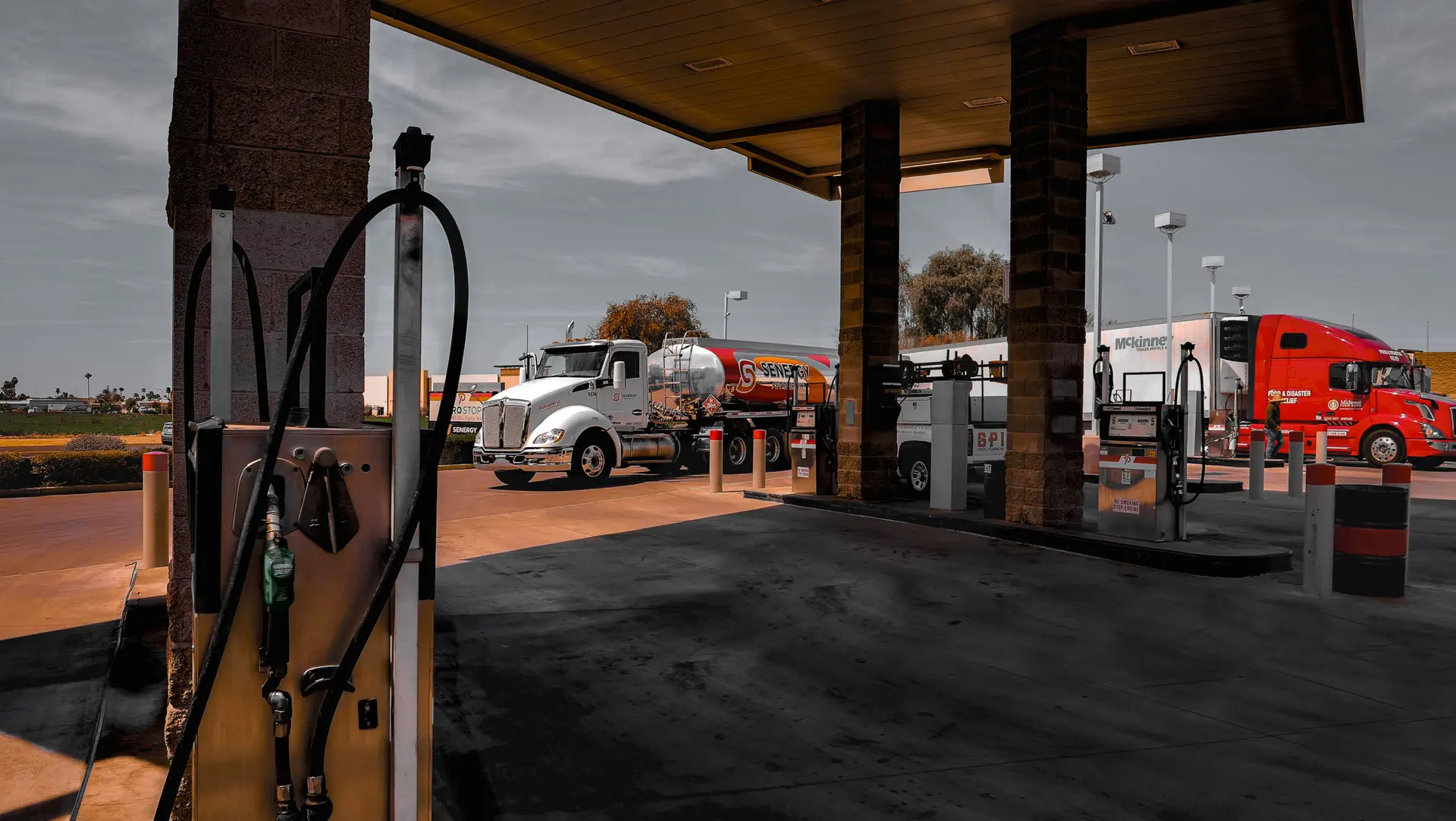Cardlock fueling is not just a trend—it’s a smart move for effective fleet management. Unlike retail gas stations open to the public, cardlock systems are designed exclusively for commercial fleet users. They offer restricted access, enhanced control, and typically more competitive fuel prices.
Fleet operators value cardlock systems for their detailed reporting features. Every transaction is recorded with timestamps, location details, and consumption history, eliminating the risk of fuel misuse and holding drivers accountable. Managers can monitor fuel usage patterns and make data-driven decisions with ease.
Another major advantage? Cardlock facilities are designed with larger vehicles in mind. This means faster refueling, reduced congestion, and improved route efficiency for trucks and equipment.
In short, cardlock fueling is a faster, more secure, and cost-effective solution for modern fleets.





